Like the vanishing butterflies and bees, when a plant species begins to disappear it sparks concern that the environment is off-balance. Having a wide range of plants—plant diversity—is essential for a stable, functioning ecosystem. But researchers say some once well-established plants are dying away for many reasons, including loss of habitat caused by development, climate change (like changes in annual rainfall and average temperature), overharvesting, and pollution. The endangered species–plant list varies from state to state.
Kim Eiermanan ecological landscape designer in New York, has a surefire approach to keeping wild endangered plant species from complete extinction: She plants them in the gardens she designs. “Some native plants, while endangered in the wild, can be found commercially or grown from seed, and are well worth growing in a garden,” Eierman says.
Eierman is also a national speaker and author of The Pollinator Victory Garden: Win the War on Pollinator Decline with Ecological Gardening. Below is a list of endangered plants she has used in her practice.
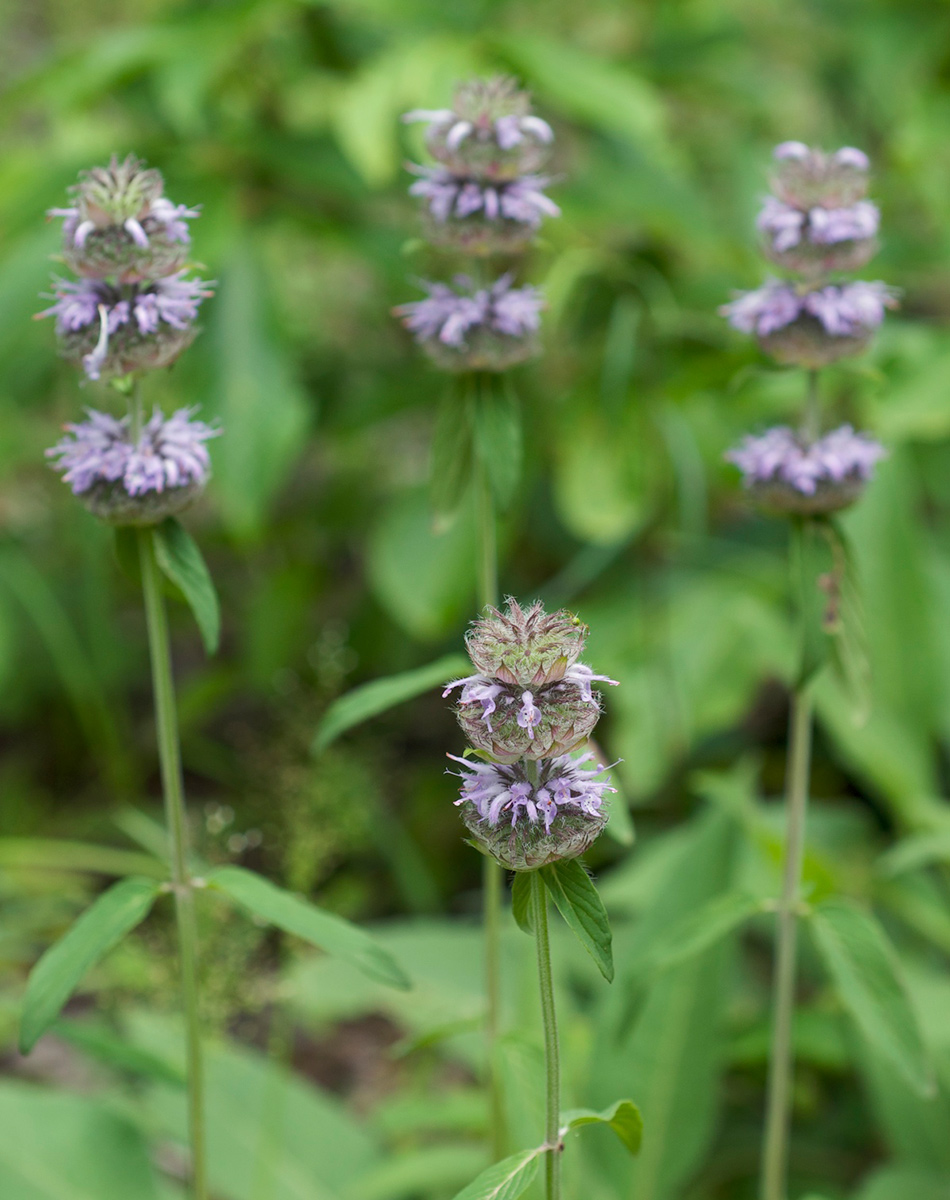
Downy mint
Blephilia Ciliata
Zones: 4–8
Size: Up to 2 feet tall and wide
Conditions: Full sun to partial shade; moist, mesic to dry soil
Fluffy lavender-pink blooms of downy mint are magnets for bees and butterflies in early summer. It looks like a cross between agastache and Monarda and, despite having “mint” in its name, is well-behaved. A long-blooming native, it spreads slowly by rhizomes to form clumps. Resistant to deer and rabbits, it’s frequently visited by many pollinators, including bumblebees, butterflies, and moths during its month-long bloom. It is also a larval host for several moth species. Habitat loss, diseases, and improper weed management still pose a threat to decreasing populations of downy mint, despite its resilience in dry conditions.
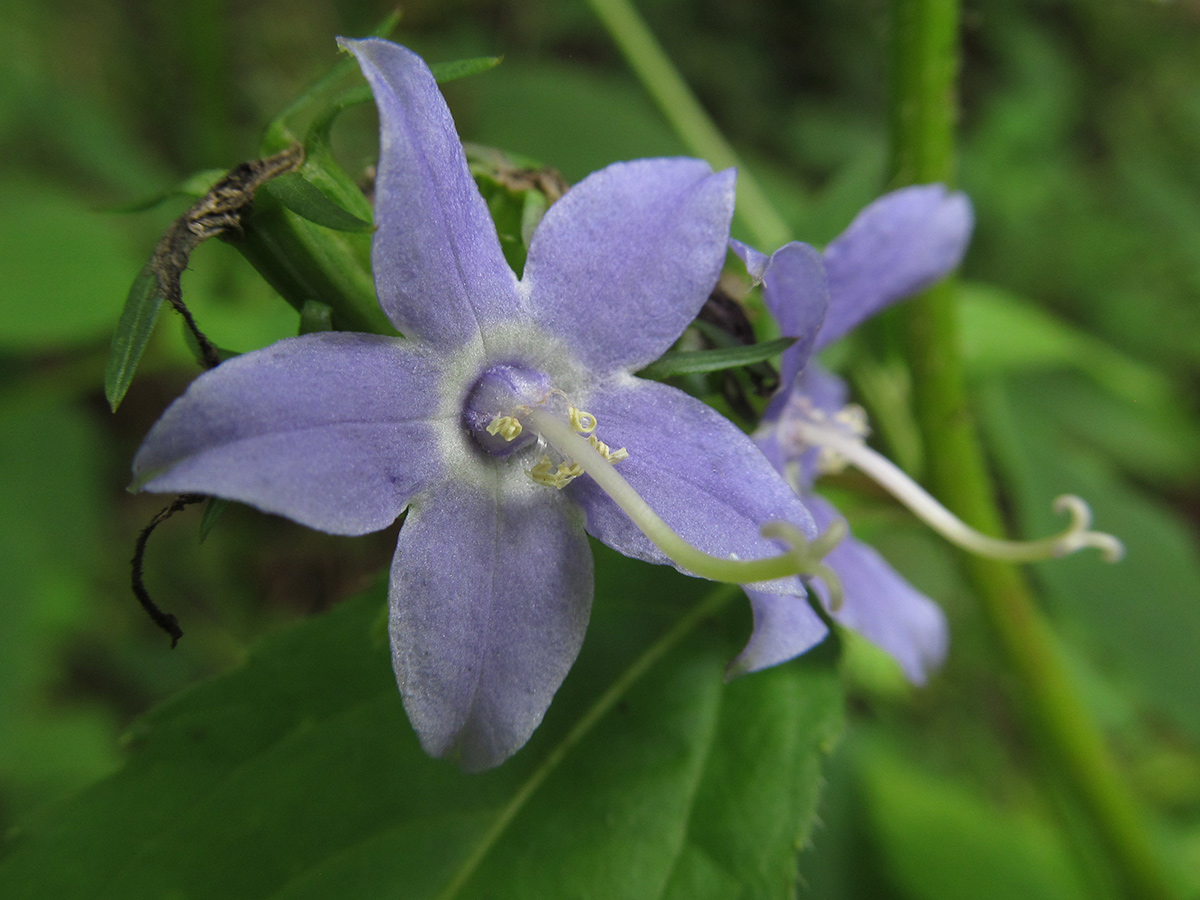
Tall American bellflower
Campanulastrum americanum
Zones: 3–8
Size: 3 to 6 feet tall and 1 to 2 feet wide
Conditions: Partial to full shade; moist soil
Tall American bellflower is a statuesque native annual (sometimes biennial) found in open woodlands. A pollinator magnet, its nectar attracts many species of native bees, butterflies, moths, and hummingbirds. A specialist bee, bellflower resin bee (Megachile campanulae) prefers these flowers and is an important pollinator for bellflowers. Their size and showy lavender-blue petals are reminiscent of delphinium. Tall American bellflower self-seeds, increasing the likelihood of staying in the garden, but collecting some seeds and hand sowing ensure this plant will appear in your garden year after year.
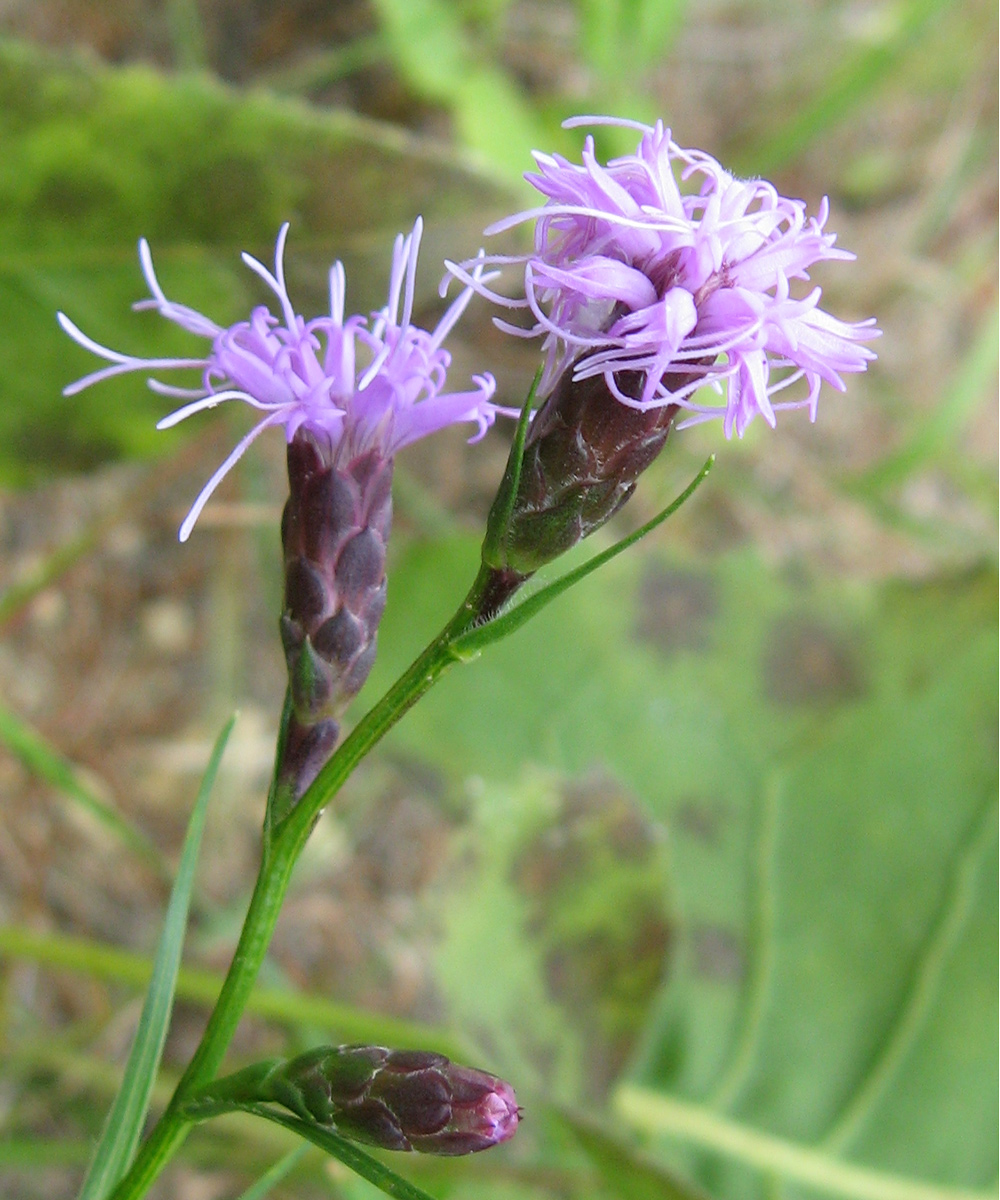
Slender blazing star
Liatris cylindracea
Zones: 4–7
Size: 12 to 16 inches tall and 6 to 10 inches wide
Conditions: Full sun; dry soil
The shortest member of the liatris genus at 1 foot tall, slender blazing star has great appeal to pollinators, especially butterflies and long-tongued bees. It also serves as a larval host to some flower moth species. The plant is a good candidate for a sunny, dry garden and can be grown successfully from seed. I am putting several into a meadow I designed because not only is it native, its vertical punch helps me achieve the look I want.
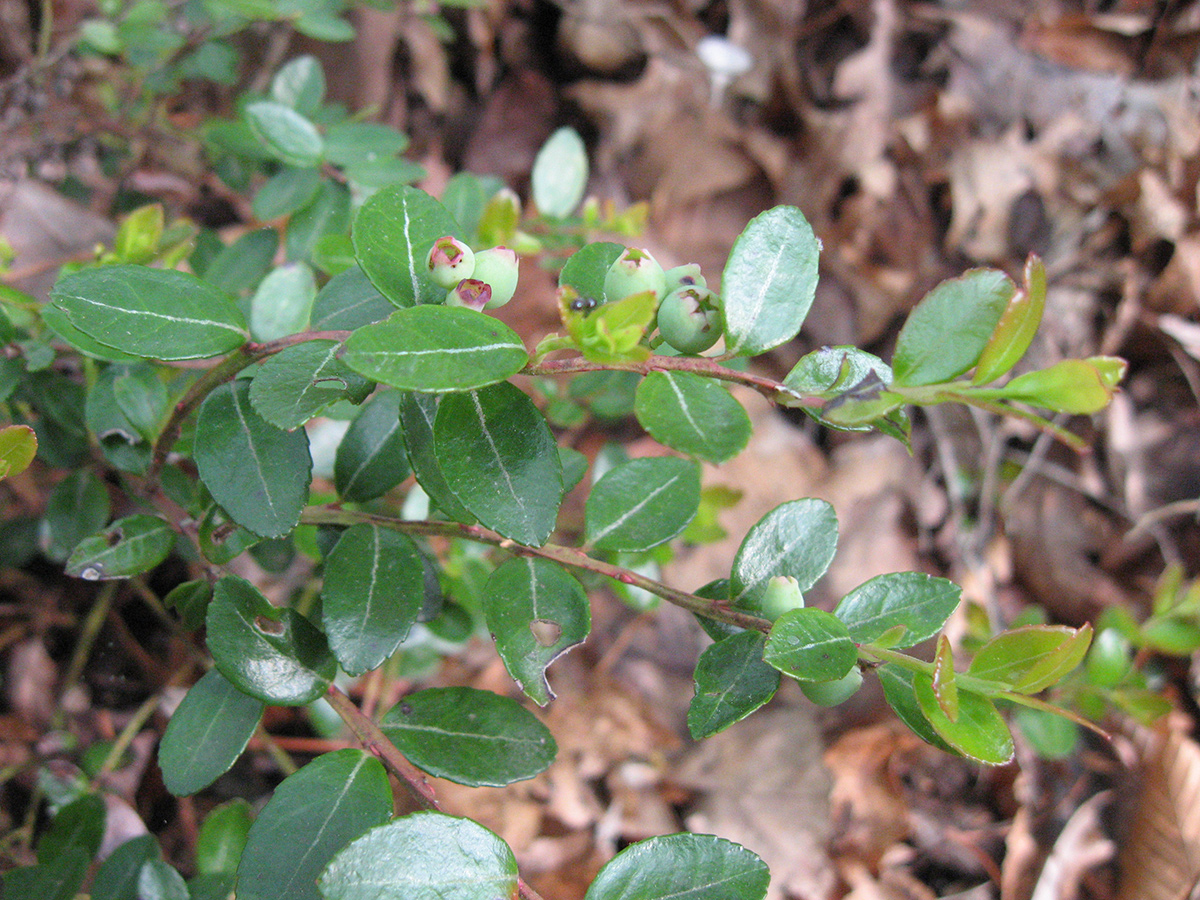
Box huckleberry
Gaylussacia brachycera
Zones: 4–7
Size: Up to 18 inches tall and 24 to 36 inches wide
Conditions: Partial shade; sandy, acidic soil
A low evergreen sub-shrub, box huckleberry is typically less than a foot tall. This native is a long-lived plant that spreads slowly by rhizomes. One specimen in Pennsylvania is estimated to be 13,000 years old and is considered one of the longest living organisms in the world.
The bell-shaped flowers attract several pollinators, including bumblebees, while its blue berries are relished by a variety of wildlife. Box huckleberry is a larval host for the huckleberry sphinx moth (Paonias asylus), the brown elfin (Callophrys Augustinus), and Henry’s elfin butterflies (Callophrys Henry). Though this plant is long-lived, it is also slow growing and self-incompatible. When habitat is destroyed and populations lost, the plant is not able to set seed.
More helpful resources on endangered plants:
Discuss this article or ask gardening questions with a regional gardening expert on the Gardening Answers forum.
And for more Mid-Atlantic regional reports, click here.
Caitlin Boyle is a landscape designer, writer, and speaker who owns Dirt Diva Designs in Chatham, New Jersey.
Fine Gardening Recommended Products
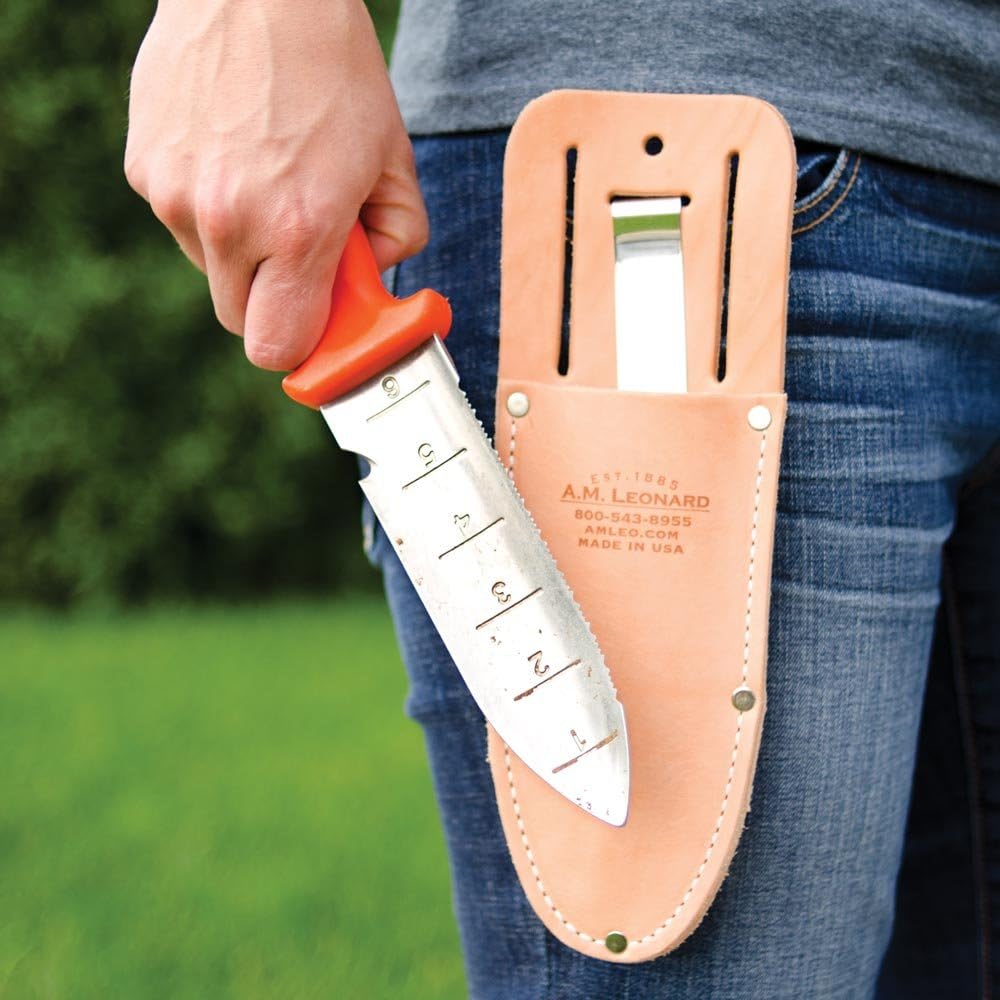
A.M. Leonard Deluxe Soil Knife & Leather Sheath Combo
Fine Gardening receives a commission for items purchased through links on this site, including Amazon Associates and other affiliate advertising programs.
MULTITASKING DUAL EDGES: a deep serrated edge and a tapered slicing edge ideal for tough or delicate cuts. DURABLE 6-inch stainless steel blade withstands 300 lbs of pressure. TWINE CUTTING NOTCH, DEPTH GAUGE MARKINGS & spear point – no need to switch tools when using this garden knife. LEATHER SHEATH: heavy duty, protective, clip on sheath to keep your knife convenient and secure. LIFETIME WARRANTY.

